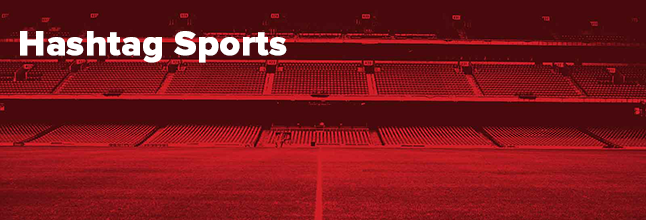The Three Takeaways From Hashtag Sports
Last week, Hashtag Sports hosted its first-ever Hashtag Sports Fest, drawing digital leaders from across the country to the new Brooklyn Expo Center in New York City. The conference was a change from the traditional sports conference; it reflected the venue with a younger, more fluid vibe replete with food trucks and dunking basketballs, but the professionalism was certainly not lost.
1.Storytelling Is Priority One; But It has To Be Organized
“Our goal is deep storytelling with athletes that compliments the media landscape elsewhere,” said Jaymee Messler, CEO of The Players Tribune in their afternoon panel on how they continue to evolve as a platform. Messler’s thoughts were echoed on other panels throughout the two day event.
“You have to be able to communicate your messages in a coherent feed, not as one offs for everything to be effective,” added Twitter’s Danny Keens. “The continuity of the messages is what will make for successful engagement.
A narrative is nice, an organized narrative is what works.
2. Mobile Is Where The Money Is Going, Or Should Be.
Whether it was in questions about connectivity with the Barclays Center or how Bleacher Report engages fans, it was clear that mobile usage by teams leagues and brands is turning into priority one. “Before we post any story we look at how it plays out in mobile,” added USA Today’s Jamie Mottram, one of the co-founders of “For The Win.” “Of it doesn’t play well on a mobile device then we are doing it wrong.”
Keens, head of sports partnerships at Twitter, added that 90% of the video posted on the social-media platform is consumed on mobile devices. The engagement level was similar, if not bigger at Bleacher Report, where GM Dorth Raphaely noted that 80% of his site’s traffic comes from mobile and, at peak sports moments especially where consumption is with a younger audience, could go as high as 90-85 percent.
The days of the desktop first are gone.
3. eSports Entice
“You can engage a young audience at a fraction of the dollar engagement of traditional sports,” said Dan Ciccone of rEvXP. “For brands looking to find a way in, that’s really impressive and if done right, can be very powerful.” The combination of immersive experiences like Virtual Reality will also play a key factor according to some speakers. “We look at the clear picture and the crisp sound that we have created with a cardboard device connected to your phone, and you see what the possibilities are going to be going forward,” said Danny Glantz, head of AIG’s sponsorship marketing program when talking about their Rugby World Cup experience, the HAKA360.
While few could talk exactly to how brands can engage and to what extent, it was clear that eSports of today is what MMA and X Games were 10 years ago.
Storytelling through a mobile environment with a cohesive message; great points to take away from two solid days.
